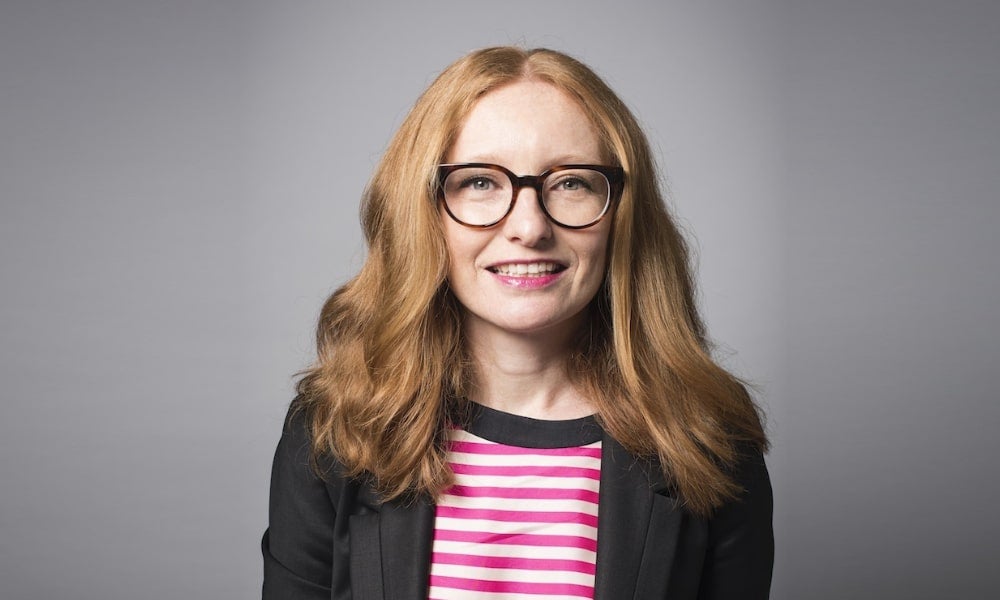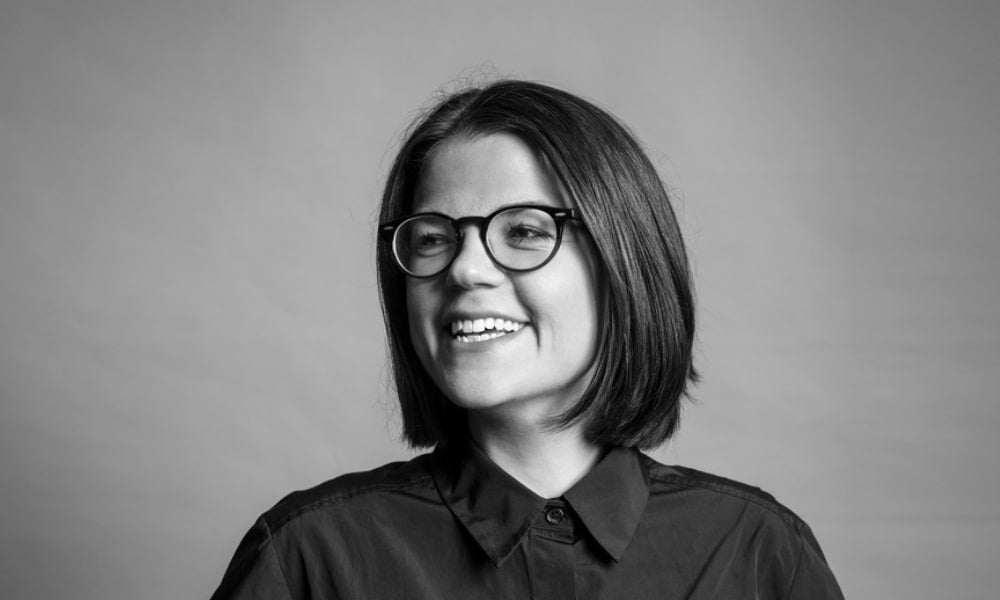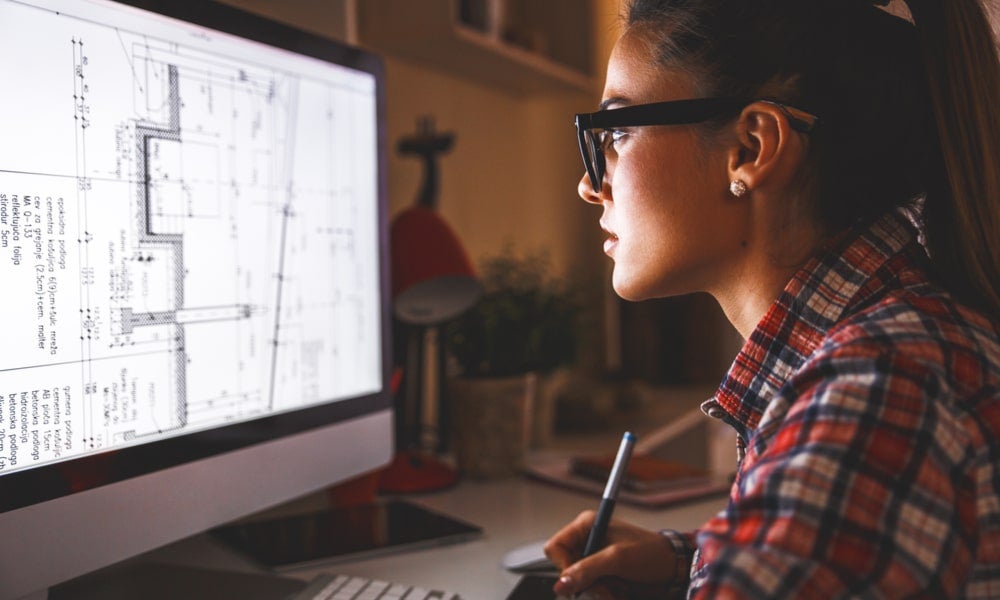How BVN is striking the right balance with hybrid working
Organisations are adapting to hybrid work by adopting ‘elastic work models’, in which an office can flex, physically, culturally and operationally, says BVN principal Ali Bounds
As the dust settles on the tumultuous upheaval of the pandemic, many organisations are looking to strike the optimal balance with hybrid working arrangements. For some organisations the answers are straightforward and easy, but for others, there are a raft of challenging questions to address.
Five of the more common questions include: what’s the best way to optimise employee productivity and engagement? What impact does hybrid working have on collaboration and innovation? How do we attract, develop and retain talented employees? What should we do with unused office space and the (often costly) commercial leases? And how do we cultivate a company culture that thrives in both physical and virtual realms?
While there are no one-size-fits-all answers to these above questions, executive teams are seeking to maximise benefits such as employee attraction and improved cost-efficiencies, while minimising risks such as industrial relations disputes and reduced productivity. In trying to strike the right balance, Dr Christian Criado-Perez, a Research Associate at the UNSW Business Insights Institute, says it is important for organisations and their leaders to take a step back. “Many firms are still trying to understand what the function of the office should be. Once we get that right we will be able to design appropriate office spaces,” he says.
For example, before COVID, he recalls leading tech organisations were investing in amenity-filled offices and complementary services in a bid to attract talent and persuade employees to spend more hours at the office. “Since the pandemic, we have learnt that we don’t need to come into the office every day, and that productivity does not drop when working from home. The office space is still important for employees, but with hybrid work as the dominant norm for many jobs, the office is now more of a meeting hub.”

This has important implications for the technology required and the appropriate floorplan and use of space. “Each organisation should take the time to find an office design and office norms that work for them. Sweeping mandates without proper consultation will likely cause havoc. Those that instead take an evidence-based approach, and learn from what is working (and what is not) for their staff will have a great advantage,” says Dr Criado-Perez.
Dr Nicole Gardner, a Senior Lecturer in the School of Built Environment at UNSW Sydney, also observes that the general reported trend for larger corporate offices is that occupancy numbers have not returned to pre-covid levels. As a result, some organisations are reassessing how much physical office space they really need to run their businesses – and she says this also represents an opportunity for some organisations to reduce their cost overheads.
Other organisations are considering how new hybrid ways of working can be better accommodated by swapping out traditional desking for a diversity of spatial configurations that might more specifically support collaboration, says Dr Gardner, a design researcher and registered architect with more than twelve years of industry experience in Australia and the UK.
“A core design challenge for offices with traditional desking arrangements is that more people are taking meetings at their desks through online conferencing platforms where noise and privacy/confidentiality can become significant issues. This suggests the need for different and flexible workspaces that are less about formal, large and dedicated workstations, and include for example more small quiet rooms and collaborative spaces,” says Dr Gardner, who also serves as a member of the UNSW Digital Sustainability Knowledge Hub and a Chief Investigator for the ARC Centre for Next-Gen Architectural Manufacturing.

Working arrangement challenges at BVN
BVN is an international architecture and design practice, with offices in Sydney, Brisbane, Canberra, New York and London. BVN works on a wide variety of projects across all sectors (such as Atlassian Central, QUT, Greenland Centre, Marrickville Library, and Nepean Hospital) and both BVN and its clients have been wrestling with many of the issues mentioned above, according to Ali Bounds, principal of the practice. “We are seeing a significant change to the way we consider the workplace in what we describe as an ‘elastic work model’ where the office is essentially able to flex, physically, culturally and operationally,” explains Ms Bounds, who helps lead the day-to-day management of the studio and its employees, while working on high profile client projects and other engagements.
“This is something we’ve talked about with many clients, who are trying to create an ecosystem of sorts, that enables different types of settings and relationships that maybe weren’t there within typical office spaces previously. Flexibility is important in this process, to enable businesses to grow and acquire more space, or shrink and contract as a result of changing work arrangements.”
This is something that BVN itself has been working through, according to Ms Bounds, who says the practice has taken a flexible approach to managing workforce and office space needs. With more than 200 employees in its Sydney studio and another 120-plus in its Brisbane studio, BVN had remote working arrangements in place which Ms Bounds says were working well prior to covid. And the practice had already set itself up for (but not yet implemented) hybrid working when covid struck, as the studio was gearing itself up for hiring more people as business grew. “We have had quite a big shift in numbers in the studio over the past two years, and we grew through covid, and then quite rapidly post-covid,” she says.
Read more: How leaders in the AEC industry can drive digital transformation
When employees started returning to the office, they recognised there was “a bit of trepidation” on the part of employees about coming back to the studio, especially on a full-time basis. “We also saw opportunities for improved wellbeing, with a better work-life balance and support for accommodating family arrangements,” says Ms Bounds, who explains the practice initially adopted a 50/50 working arrangement (50 per cent of time in the studio, with the remaining 50 per cent designed by employees).
More recently, more people were coming into BVN’s studio, which corresponds with increased growth in work with clients – but she says there weren’t enough physical spots for everyone to be present in the studio at the time. “We needed a flexible, hybrid arrangement which enabled us to hot desk effectively,” she says.
“As routines have set in, more people have sought out social interaction and opportunities for physical collaboration in the studio and we now see peak days (usually a Tuesday, Wednesday and Thursday). They tend to be quite packed in the studio, while Monday and Friday tend to be quieter. It’s certainly been very good for people having their own sense of autonomy and to be able to design their days, but it does come with some challenges around hot desking arrangements.”

Understanding optimal working arrangements
To help analyse and understand how to best address these issues, BVN approached UNSW at the end of 2022 for assistance. “We reached out to UNSW at the end of last year, as our lease was coming up and we were considering whether we wanted to stay or look at what opportunities were out there with different workspaces. We decided that our current space had a lot to offer in terms of flexibility for our people, and there wasn’t a lot out there that was going to provide something better,” Ms Bounds recalls.
In working with UNSW, BVN wanted to better understand how to optimise office space, hot desking and working arrangements, as well as related outcomes such as productivity and internal and client engagement. This approach was very deliberate, Ms Bounds affirms: “as designers, we have a tendency to solve these kinds of problems ourselves. But we thought we needed an impartial perspective that was informed by direct feedback from our people,” she says.
Dr Gardner met with BVN to establish its objectives and goals and understand the insights it was hoping to glean from engaging with their employees in a discussion about working at BVN. She worked with the practice to develop a series of questions to analyse what employees liked about the studio’s spatial settings and experiences, as well as what they would like in the future. “As BVN has a strong workplace culture built on trust and inclusion, they wanted to involve their employees in a participatory process to guide decision-making about the office refurb going forward,” says Dr Gardner.
Listen now: How to build a culture that attracts and retains talented staff
“We put forward a focus group session structure around three core themes that we felt could best draw out employee reflections on hybrid and flexible work practices, views on the advantages and disadvantages of the free-desking arrangement and what employees value in the BVN office workplace now and into the future.”
UNSW ran two lively face-to-face focus group sessions in the BVN studio and one online session. Following an analysis of the sessions, UNSW produced a report summarising the findings in time for BVN’s end-of-year away day, where the planned office refurbishment was scheduled for discussion. Dr Gardner explains the initial focus group findings provided a credible evidence base of authentic employee perspectives to support BVN in its executive-level decision-making.
“The findings of the resulting report confirmed their general understanding about what was working in relation to the existing desking arrangement in the office and where opportunities for improvement might lie,” says Dr Gardner, who is hoping to follow up later this year with another round of research based on focus groups to investigate progress and take-up of hybrid working arrangements.

Hybrid working arrangement outcomes for BVN
Ms Bounds says it was important to conduct an impartial analysis of the studio’s working arrangements and its employees, and she was glad the results indicated healthy levels of satisfaction with what was offered in the studio already. “But there were nuances to settings and experiences that employees felt could be improved,” she says.
“One of the big takeaways was to recognise that there was still a distinct split in sentiment: a select group of people really didn’t want to come into the studio much at all because they felt that working from home was just a better way of meeting their needs. While others chose to be in the studio almost full time as they liked working and collaborating in person.”
For example, it was found that some of the core reasons for working from the BVN studio included social interaction, opportunities to interact and collaborate with team members, coordination of projects and teams, fostering a sense of belonging, and the ability to separate work from home. On the other hand, core reasons for working from home included the fact that BVN’s technical infrastructure supports remote work, the ability to do more focused work, regaining time by avoiding commutes, attending to ‘life admin’, exercise, spending time outdoors and general wellbeing.
Subscribe to BusinessThink for the latest research, analysis and insights from UNSW Business School
The analysis also helped the practice to understand what employees really wanted in a studio space, with advice on how BVN can respond accordingly. “We’re integrating new settings and setting up new meeting rooms with different technologies because the feedback from the survey was that people were really coming into the studio for collaboration. So, we’re making sure we’ve got a diversity of types of collaborative spaces and meeting spaces,” says Ms Bounds.
“Our physical studio enables us to pilot lots of things, not just the co-working or working arrangements; we are piloting design layouts, models, furniture and other products that we’re exploring in the studio.”
BVN is about to embark on a follow-up research exercise with UNSW to better understand how hybrid working arrangements have changed, as more people have been coming into the studio for work. “We want to get a broader understanding from people who are commuting, what kind of offerings they’re looking for both in the office as well as their home environment,” she says.
“This slightly broader survey will, we think, give us more opportunity to analyse, understand and respond better. But it will also give us data to share with clients because we have piloted and tested different scenarios on ourselves and have a live feedback loop in terms of what works and what doesn’t.”
